Samuel Adisa
Student @ Akungba
THE UNCOLONIZED COUNTRY

<p>Ethiopia, one of the oldest nations in the world, boasts a rich history spanning over 3,000 years. Its core historical highlights include:
</p><p>Aksumite Empire (c. 100-940 CE): A major trading power, centered in northern Ethiopia and Eritrea, known for its advanced architecture (e.g., obelisks of Aksum), coinage, and early adoption of Christianity around 330 CE under King Ezana, making Ethiopia one of the first Christian states.
</p><p>Solomonic Dynasty (1270-1974): Claiming descent from King Solomon and the Queen of Sheba, this dynasty ruled Ethiopia for centuries, with notable emperors like Zara Yaqob (15th century) who consolidated Christianity and Menelik II (1889-1913) who modernized the state and defeated Italian invaders at the Battle of Adwa (1896), preserving Ethiopia’s independence.
</p><p>Resistance to Colonialism: Ethiopia remained one of only two African nations (alongside Liberia) to avoid European colonization, largely due to its victory at Adwa, a symbol of African resistance.
</p><p>Haile Selassie (1930-1974): The last emperor, revered as a modernizer and a symbol of African unity, also worshipped by the Rastafari movement. His reign saw Ethiopia’s entry into the League of Nations and later the UN.
</p><p>Derg Regime (1974-1991): A Marxist military junta overthrew Selassie, leading to a period of political repression, famine (1983-1985), and civil war.
</p><p>Modern Ethiopia (1991-Present): The Ethiopian People’s Revolutionary Democratic Front (EPRDF) established a federal system. Recent years under leaders like Abiy Ahmed (2018-present) have seen reforms, peace with Eritrea (2018), and ongoing challenges with ethnic conflicts and the Tigray War (2020-2022).
</p><p>
Ethiopia’s history is marked by its ancient cultural heritage, resilience against external threats, and complex modern political transitions.
</p><p><br></p><p><br></p><p>
The Battle of Adwa, fought on March 1, 1896, near the town of Adwa in Ethiopia’s Tigray region, stands as one of the most significant victories in African history. It was a decisive triumph of the Ethiopian Empire, led by Emperor Menelik II, over the Kingdom of Italy, which sought to colonize Ethiopia. The victory preserved Ethiopia’s sovereignty, making it one of only two African nations (alongside Liberia) to avoid European colonization during the Scramble for Africa. The battle’s historical, political, and cultural significance reverberates globally, symbolizing African resistance to imperialism and inspiring anti-colonial movements.
</p><p>Background: The Road to Adwa
</p><p>In the late 19th century, European powers were aggressively partitioning Africa. Italy, a relatively new nation seeking to establish itself as a colonial power, set its sights on Ethiopia after occupying Eritrea in the 1880s. The Treaty of Wuchale (Uccialli), signed in 1889 between Italy and Ethiopia, became a flashpoint. The treaty’s Italian version claimed Ethiopia as a protectorate, while the Amharic version recognized Ethiopia’s sovereignty, creating a diplomatic dispute. Italy used this pretext to encroach further into Ethiopian territory, particularly in Tigray, escalating tensions.
</p><p>Emperor Menelik II, who ascended the throne in 1889, was a shrewd and modernizing leader. He centralized power, built a formidable army, and sought to protect Ethiopia’s independence. By 1895, Italy’s aggressive actions, including the occupation of Tigrean towns like Adigrat, prompted Menelik to mobilize a massive force. The Italians, under General Oreste Baratieri, underestimated Ethiopia’s military capacity, believing their modern weaponry and European training would easily overpower what they perceived as a disorganized African force.
</p><p>The Forces and Preparations
</p><p>Ethiopia’s army was a coalition of regional leaders, including King Tekle Haymanot of Gojjam, King Mikael of Wollo, and Ras Makonnen of Harar, united under Menelik and his wife, Empress Taytu Betul. The Ethiopian force numbered between 80,000 and 120,000, with estimates of 70,000-100,000 infantry (many armed with rifles) and 8,000-10,000 cavalry. Thanks to Menelik’s foresight, Ethiopia had acquired modern firearms, including French Lebel rifles and some artillery, through trade with European powers like France and Russia, who supported Ethiopia to counterbalance Italian ambitions.
</p><p>The Italian army, numbering around 17,000-20,000 (including 10,600 Italians and 7,400 Eritrean askaris), was equipped with modern rifles, machine guns, and artillery. However, they were hampered by logistical issues, unfamiliar terrain, and overconfidence. Baratieri’s forces were stationed in fortified positions near Adwa, expecting the Ethiopians to attack head-on. Instead, Menelik and his commanders adopted a strategy of encirclement and attrition, leveraging their numerical superiority and knowledge of the rugged Tigrayan landscape.
</p><p>Empress Taytu played a critical role in logistics and morale, organizing supplies and rallying troops. Her strategic acumen was evident in her insistence on cutting Italian supply lines, weakening their position. The Ethiopian army was also bolstered by national unity, with diverse ethnic groups—Amhara, Oromo, Tigrean, and others—uniting against a common enemy, a rare feat in Ethiopia’s history of regional rivalries.
</p><p><br></p><p>The Battle
</p><p>On February 29, 1896, Italian scouts reported Ethiopian movements, prompting Baratieri to launch a preemptive attack to avoid a prolonged siege. He devised a plan to advance in three columns under Generals Vittorio Dabormida, Giuseppe Arimondi, and Matteo Albertone, aiming to outflank the Ethiopians. However, poor coordination, unclear orders, and unfamiliar terrain led to disaster.
</p><p>The battle began in the early hours of March 1, 1896, when Albertone’s column advanced too far and was isolated. Ethiopian forces, under Ras Alula and others, engaged Albertone’s troops at dawn, overwhelming them with sheer numbers and coordinated attacks. The Italians’ modern rifles were effective, but Ethiopia’s superior numbers and cavalry charges disrupted their formations. By mid-morning, Albertone’s column was decimated.
</p><p>Dabormida and Arimondi’s columns, separated by the hilly terrain, faced similar fates. Ethiopian forces exploited the Italians’ fragmented advance, encircling and overwhelming each column. Empress Taytu’s troops guarded key positions, preventing Italian retreats, while Menelik directed reserves to exploit weaknesses. By noon, the Italian army was in disarray, with heavy casualties and broken morale. Baratieri ordered a retreat, but Ethiopian cavalry pursued, capturing thousands.
</p><p>The battle lasted roughly six hours, ending in a rout. Italian losses were catastrophic: approximately 7,000 dead (including 3,000 Italians and 4,000 askaris), 3,000 wounded, and 4,000 captured. Ethiopian casualties were significant—estimated at 4,000-6,000 dead and 8,000 wounded—but their victory was undeniable.
</p><p>Aftermath and Significance
</p><p>The victory at Adwa forced Italy to recognize Ethiopia’s sovereignty in the Treaty of Addis Ababa (October 1896), abandoning its colonial claims. Menelik chose not to pursue further territorial gains in Eritrea, focusing instead on consolidating internal power and modernizing Ethiopia. The battle showcased Ethiopia’s military and diplomatic prowess, earning it international recognition as a sovereign state.
</p><p>Globally, Adwa became a symbol of African resistance. It inspired anti-colonial movements across Africa and the African diaspora, influencing figures like Marcus Garvey and later independence leaders. The victory challenged European notions of racial superiority, proving that an African nation could defeat a European power on the battlefield. In Ethiopia, Adwa remains a source of national pride, celebrated annually as a public holiday.
</p><p>Legacy
</p><p>Adwa’s legacy extends beyond its military triumph. It solidified Ethiopia’s unique position in African history as a beacon of independence. The battle highlighted the importance of unity, as Menelik and Taytu mobilized diverse ethnic groups under a single cause. It also underscored the strategic brilliance of Ethiopian leadership, particularly Menelik’s use of diplomacy to secure arms and Taytu’s logistical and tactical contributions.
</p><p>Today, Adwa is studied as a case of indigenous military success against colonialism. Its cultural impact persists in Ethiopian art, literature, and identity, with the victory immortalized in songs, paintings, and monuments. For the African diaspora, Adwa remains a powerful reminder of resilience and self-determination, cementing Ethiopia’s status as a symbol of African sovereignty.
</p><p>In summary, the Battle of Adwa was a pivotal moment in world history, where Ethiopia’s unity, strategic foresight, and martial prowess secured a stunning victory against Italian colonial ambitions, shaping the nation’s destiny and inspiring generations of anti-colonial resistance.
</p><p>
</p><p>
</p><p>
</p><p>
</p><p>
</p><p>
</p><p>
</p><p>
</p>
Other insights from Samuel Adisa
Referral Earning
Points-to-Coupons
Insights for you.






 164
164






















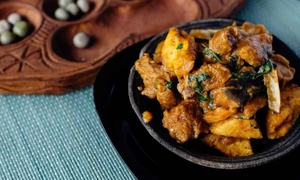
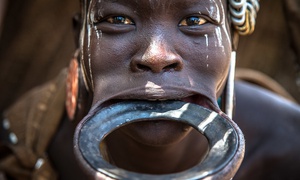
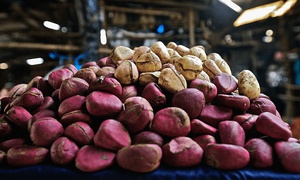
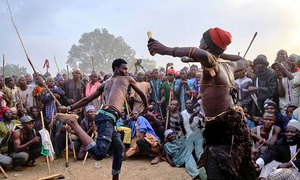
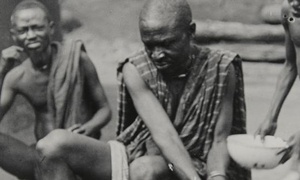

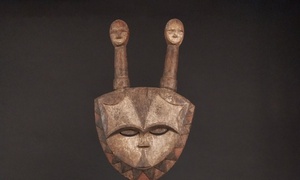






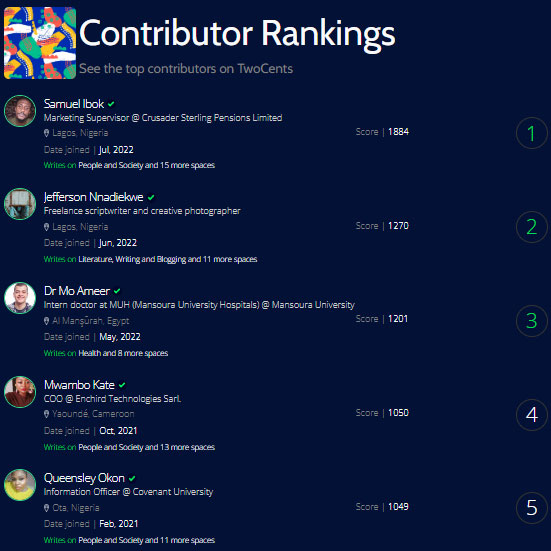
























Comments